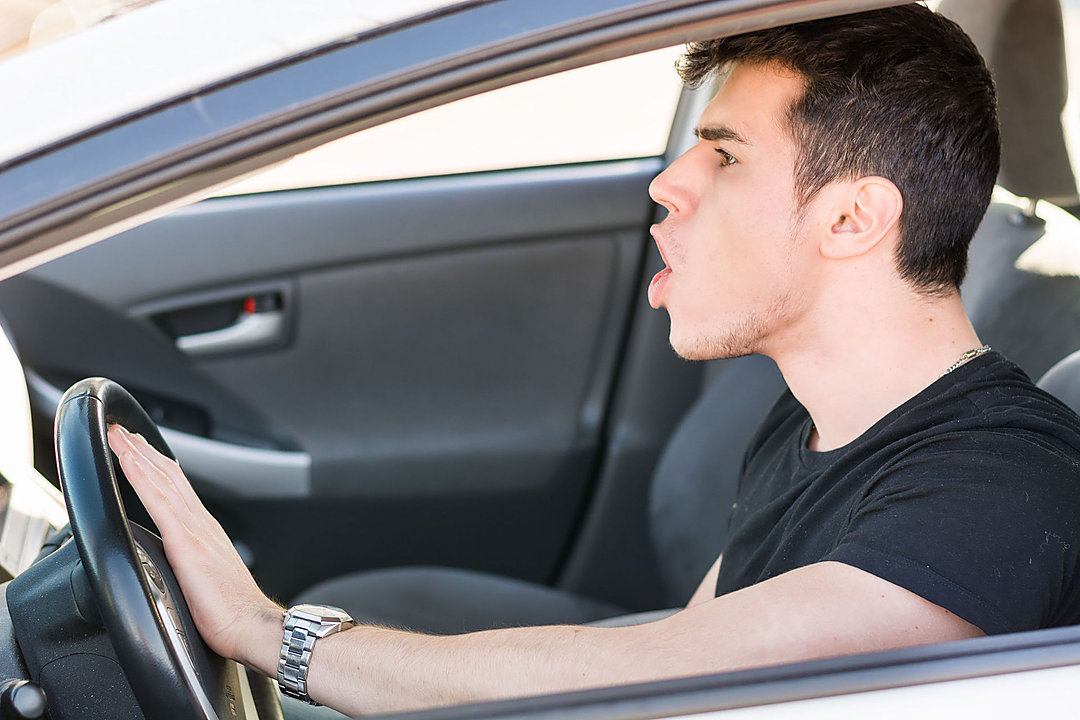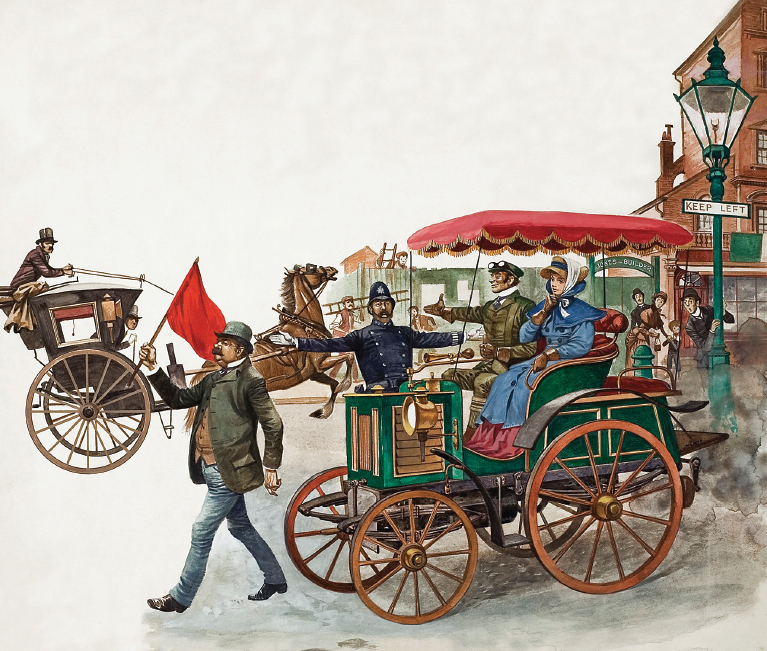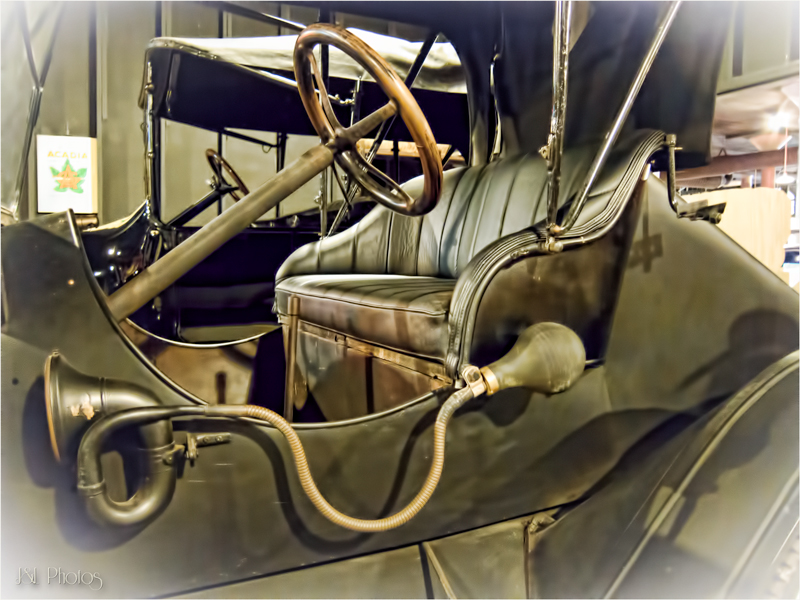Depending on where you drive, the horn in your car may be the best way to let someone know you are there, but it may also be the fastest way to engender a look of disgust.
Hitting the horn isn’t a universally accepted practice, but there’s a horn in every car. We accept it like death and taxicabs, but how did the horn become the standard? [Hint: It wasn’t because we couldn’t fit a piano under the hood.]
If we’re talking about the car horn as we know it today, we find the roots in a logical place, hanging from the handlebars of a bike in the 1800s. Using a horn to beep at folks is nothing new, even though we’ve updated the technology since then. We’ll come back to that.
What more interesting is how people first envisioned dealing with these horseless carriages flying around the place at anywhere from five to 10 mph. It was insanity.
The only thing we had on four wheels faster than that was the locomotive. The first laws we had for managing speeding cars were nuts.
Don’t worry. In case you haven’t been in a car since the 1860s, we figured out a solution since then.
The Red Flag Act
Cars in 1865 weren’t that fast, but even way back then they knew the day would come that they’d go faster.
In England, they decided to get ahead of the issue with a new law, the Locomotives Act of 1865. They had to be thinking of trains when they designed this act, as the act stated, cars could not go more than two mph through urban areas.
Also, cars needed a crew of three. One was the driver, but another was the flagger. Ahead of the car, the flagger was to walk about waving a flag. This would warn everyone not in a car of the oncoming vehicle, blazing through town at two mph.
If I were a flagger, I would’ve screamed, “LOOKOUT EVERYONE THERE’S A CAR COMING!”
Historians accuse the rail industry for this silliness, that they were combating the eminent competition, but it didn’t matter. A series of motorcar acts in the 1900s would overhaul all of those acts.
Thankfully, we never suffered any of this silliness in the States.
Whistles and Horns
For a minute there in the United States, the whistle, and the horn competed for warning others of an approaching vehicle.
The simplest horn available was the bulb horn, the same one you had on your bicycle growing up unless you had one of those sissy bells. It required the driver to take his hands off the controls.
Other car horns worked by connecting to compressed air, but these simple designs didn’t last too long.
When there were mostly horses on the roads, a juggling of whistles and horns made for a lovely symphony of sounds to augment the bustle of cosmopolitan New York life.
In the early 1900s, the horn got more complicated.
Electric Car Horn

Hand Crank Klaxon | sellingsalvage.co.uk
The first car electric horn came out in 1910. A man by the name of Oliver Lucas, from Birmingham, England designed it. His idea built on a 1908 invention from a New York inventor, Miller Reese Hutchinson.
That man invented something called the Klaxon. His device emitted a piercing sound via batteries or a hand crank and did well enough for Hutchinson to distribute internationally.
Lucas took from Hutchinson’s design, creating a horn that was so effective one could hear it a mile away. Lucas’ design was electrically powered and had a steel diaphragm, which made it super loud.
After those initial electric horns, subsequent engineers borrowed until they arrived at our modern car horn.
In most cars, the horn is two-toned and dissonant so one can’t ignore it. Volume varies, but the underpinnings owe their heritage to the first electric horns invented, which is good.
If we still had to cart flaggers around with us and drive two miles per hour through town, fewer people would drive.



